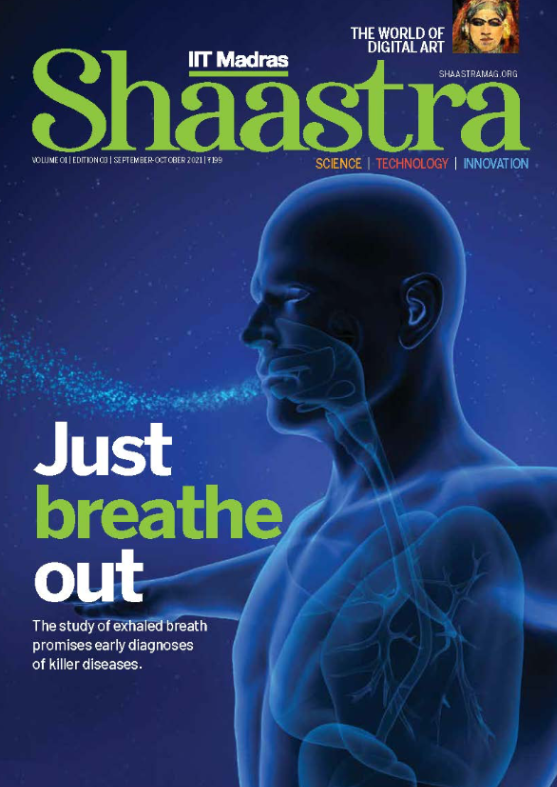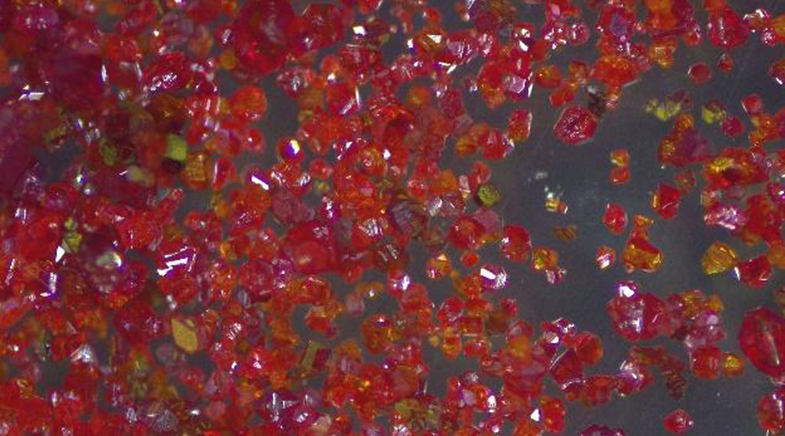Health is skin deep
-
- from Shaastra :: vol 04 issue 05 :: Jun 2025

Skin microbes are the new sensors of health, helping scientists tackle disease.
Roll over footprints, skin microbes are here. After all, if a print at a crime scene can help nab a perp, why can't the trail of skin microbes that people leave on everything they touch lead to an offender?
The question puzzled forensic scientist Richa Ashma when she started her career as an Assistant Professor at the Savitribai Phule Pune University. In 2010, she came across a research paper on skin microbes that hinted at the forensic potential of personalised and unique skin microbiomes. It made sense to her as sniffer dogs use the distinctive odour of an individual to trace an offender, and this specific odour, too, is due to a distinct mix of skin microbes in a person. For the next 15 years or so, Ashma, who completed her PhD from the Kolkata-based Central Forensic Science Laboratory, explored the idea of using skin microbes as a forensic tool along with her other research interests.
Ashma, now a Professor at the university, understood it was important to conduct preliminary studies on skin microbes among Indians before looking at the forensic potential. For this, she zeroed in on the human armpit for several reasons: it is a less-exposed surface with more resident bacteria, and these microbes are permanent inhabitants of the skin. So, she and her student Renuka Potbhare swabbed the armpits of volunteers — 72 people from 15 families in homes where three generations lived together. The families were selected from two geographical regions of Maharashtra: Pune and Ahmednagar. The idea was to study multiple generations of the same family to find common microbial signatures because of genetic relatedness or cohabitation, and to see if there were geographical variations. The study, published in February 2025 (bit.ly/India-skin-microbiome), showed an abundance of Firmicutes, Proteobacteria, and Actinobacteria in Indian families, which had also been established in earlier studies. It also showed that while the skin of families from Pune had an abundance of Staphylococcus, families in Ahmednagar had more Bacillus. The team, however, also realised that if people who lived together had similar skin microbiota, this element masked the effect of other factors such as genetics, age, gender, and diet.
PAST ISSUES - Free to Read


Have a
story idea?
Tell us.
Do you have a recent research paper or an idea for a science/technology-themed article that you'd like to tell us about?
GET IN TOUCH














